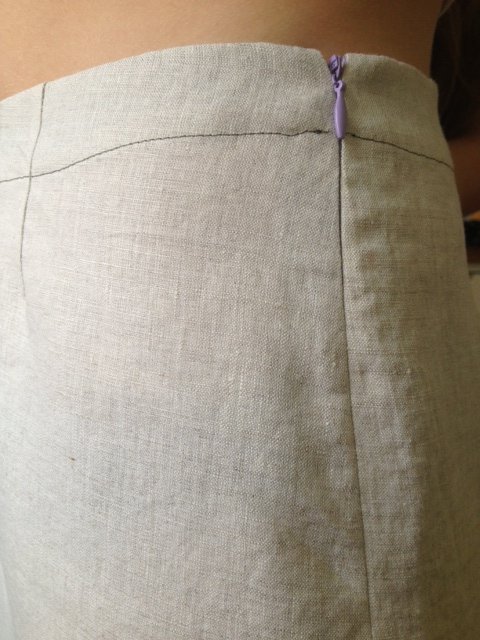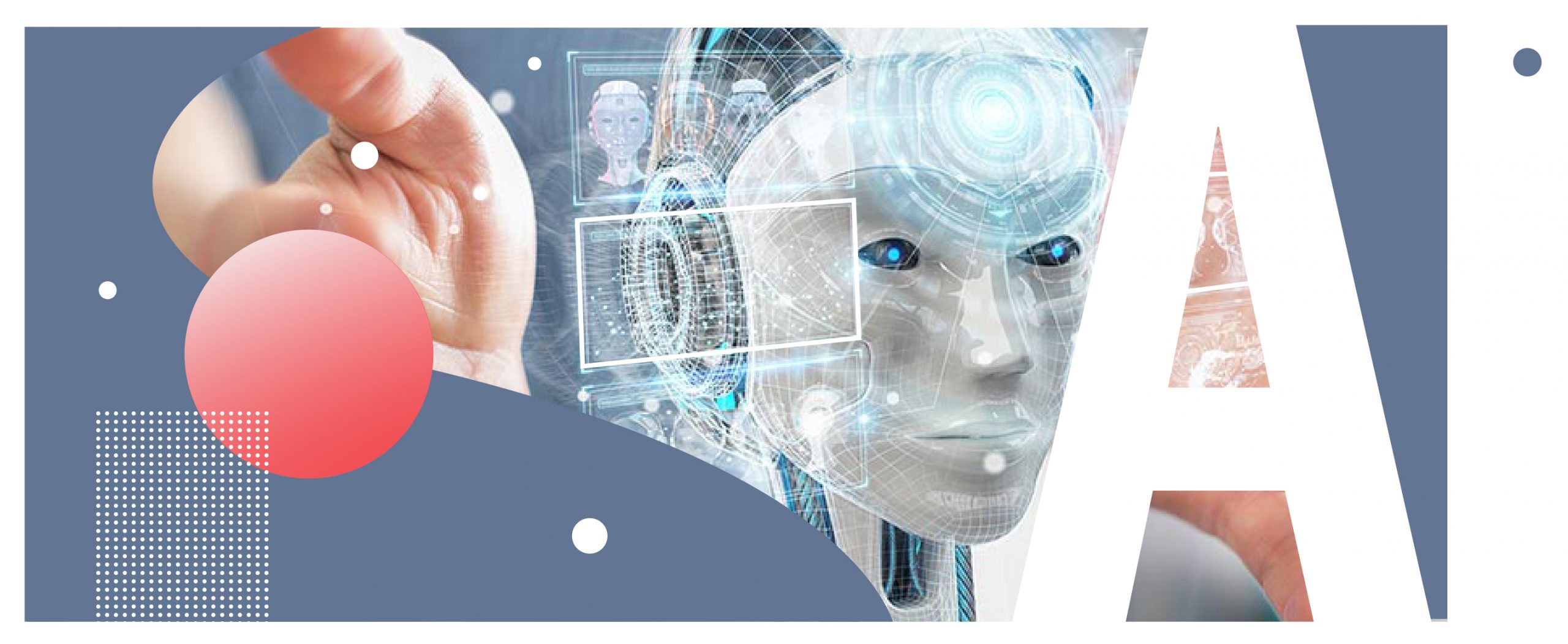
- MACHINE LEARNING IMAGE CLEANER HOW TO
- MACHINE LEARNING IMAGE CLEANER INSTALL
- MACHINE LEARNING IMAGE CLEANER CODE
We’ll take a single image of a dog, apply transformations on it like right shift, left shift, and zoom to create completely new versions of the image which can later be used as the training dataset for a computer vision task like object detection or classification.
MACHINE LEARNING IMAGE CLEANER HOW TO
Let’s learn how to apply data augmentation to generate an image dataset.
MACHINE LEARNING IMAGE CLEANER CODE
Example image processing tasks using Keras (with code sample) We do this either by applying simple image transformation techniques (horizontal flipping, color space augmentations, zooming, random cropping) or using deep learning algorithms like Feature Space Augmentation & Autoencoders, Generative Adversarial Networks (GANs), and Meta-Learning. Instead of trying to find and label more datasets, we can construct completely new ones from what we have. A machine learning model is only as good as the dataset – but what do you do when you don’t have the necessary amount of training data? Many advanced Image Processing methods leverage Machine Learning Models like Deep Neural Networks to transform images on a variety of tasks, like applying artistic filters, tuning an image for optimal quality, or enhancing specific image details to maximize quality for computer vision tasks.Ĭonvolutional Neural Networks (CNN) take in an input image and use filters on it, in a way that it learns to do things like object detection, image segmentation and classification.Īpart from doing image manipulation, recent machine learning techniques make it possible for engineers to augment image data. For example, a face enhancement app may use computer vision algorithms to detect faces in a photo, and then apply Image Processing techniques like smoothing or grayscale filters to it. Many Computer Vision systems employ Image Processing algorithms.


Image Processing systems focus on transforming images from one form to another, and Computer Vision systems help the computer to understand, and get meaning from an image. Image Processing is only an aspect of Computer Vision, and they are not the same. Image Processing techniques used in the ML industryīefore I move on, it‘s important to mention that Image Processing is different from Computer Vision, but people often get these two mixed up. This is where machine learning algorithms can boost the speed of image processing, without losing the end quality we need. If you need to automate and process a massive amount of images, it would be a painfully tedious experience to do this manually. Enhancing and manipulating images using tools like Photoshop, or using filters on Snapchat or Instagram to make our photos more cool. This is probably the most widely used application of Image Processing. Experts can hide a message or an image inside another image, and send the information back and forth without any 3rd party detecting the message.

Military and defenseĪn interesting application of Image Processing in Defense is Steganography. But sometimes, images generated by security cameras need to be processed, either by doubling the size or increasing brightness and contrast to make details visible enough to capture important details in it.
MACHINE LEARNING IMAGE CLEANER INSTALL
SecurityĪ car dealership company, or a shop may install security cameras to monitor the area and record thieves if they appear. Image processing used in medical imaging can help produce high-quality, clear images for scientific and medicinal research, ultimately helping doctors diagnose diseases. In medicine, scientists study the inner structures and tissues of organisms in order to help identify anomalies faster. Image processing in the real world Medical imaging First, let’s explore more real world examples of Image Processing. In this article I’ll tell you about how Image Processing can be applied in Machine Learning, and what techniques you can use.

It’s useful in fields like medical imaging, and it can even be used to hide data inside an image. Processing can be used to improve the quality of your image, or to help you extract useful information from it.


 0 kommentar(er)
0 kommentar(er)
